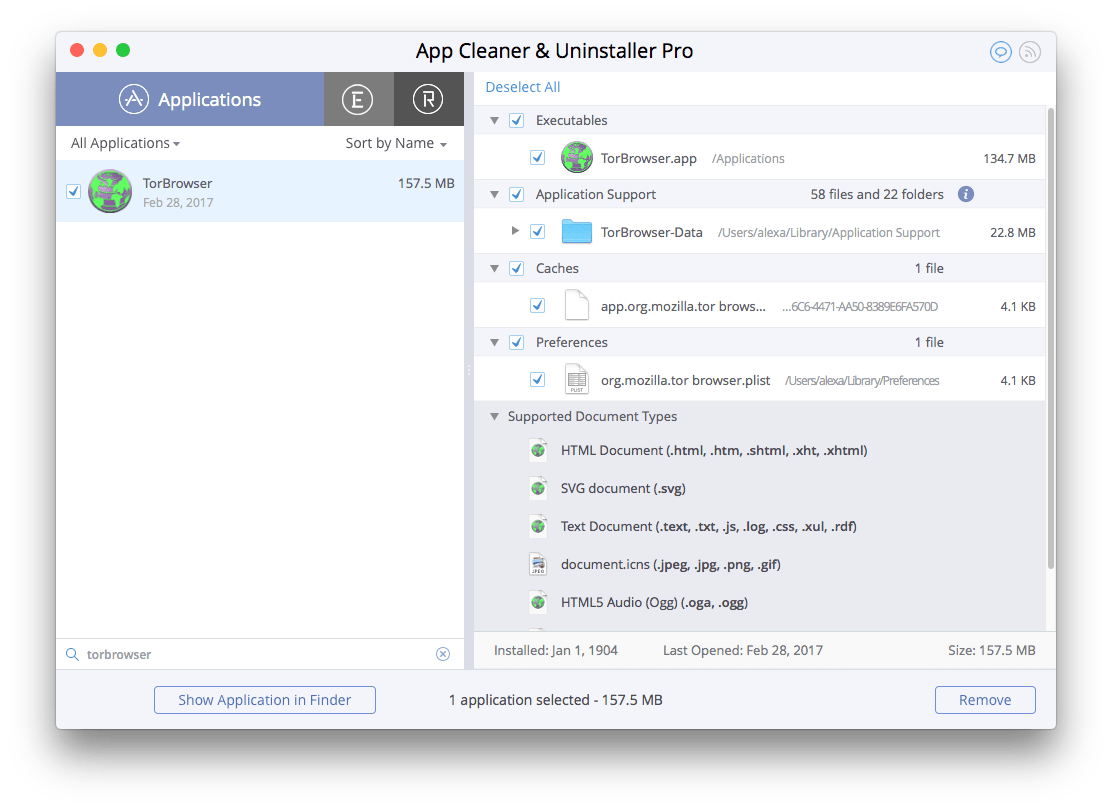

VPNs also encrypt your data, and hide your IP address.
How to test tor app software#

With a VPN enabled on your gadget, you can hide your IP address and enhance your online privacy. Premium VPNs use top-grade 256-bit encryption systems, which are impossible to brute-force using any currently known and available device. VPNs also encrypt your internet traffic, making it invisible to hackers and snoopers.

VPN service providers operate many servers in different locations and offer different VPN protocols and features, giving you plenty of choices. What is VPN software?Ī VPN, or Virtual Private Network, encrypts your data and sends it to an intermediary server. Using a VPN or Tor is often the only way for the locals to communicate with the outside world. Is Tor illegal anywhere? There are a handful of suppressive governments like China that restrict the use of the Tor browser and limit the freedom of speech. As long as you're not involved in criminal activities, you can freely use the Tor browser. Using the Tor browser for anonymous communication and browsing online is legal in most countries and you don’t need to worry about getting in trouble. If you need accountability, safety and privacy, you should definitely use a reliable VPN provider while using the Tor browser. It is less user-friendly, transparent, and is much slower and more complex. While a VPN encrypts and routes your traffic using a network of servers maintained by a centralized entity, Tor is a decentralized network operated by volunteers. The key difference between a VPN and Tor are their operation methods.
How to test tor app full#
Its complex encryption process virtually guarantees full anonymity for Tor users.Organizations like the National Security Agency (NSA), however, could have the resources and desire to monitor the Tor network in this way. An organization operating a large amount of Tor servers could intercept users, but it is unlikely that a single individual could do this. Is Tor safe? By operating both guard and exit nodes, someone could identify Tor users and their messages. The only solution here is using an HTTPS connection, which is itself encrypted by transport layer security protocol (TLS), or an Onion Over VPN feature. Anyone can set up a node, so its security depends on the owner. The fourth step is the most sensitive one as the message could be visible to the person or organization operating the exit node. This node passes the message on to the recipient. The exit node removes the final layer and can see your decrypted message, but it cannot identify the sender.The middle node peels the second layer off and passes the message and its final encryption layer to the exit node.The guard node can see your IP address, but it cannot read the encrypted message It removes one layer of encryption and passes it to the next server. The Tor software then sends it to the guard node.When you enter a request, Tor software encrypts it three times for three different nodes – a guard node, a middle server and an exit node.This makes Tor connections difficult to intercept as they do not rely on a single company or organization. It has lots of servers scattered around the globe that are maintained by individual volunteers. Tor (short for “The onion router'') is a network used for anonymous communication.


 0 kommentar(er)
0 kommentar(er)
